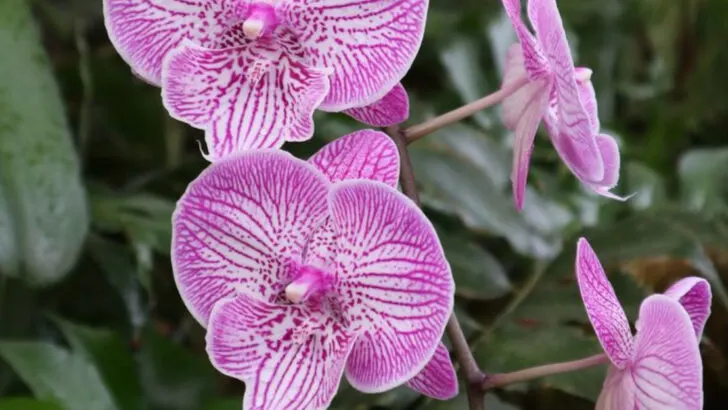Just because a plant looks good on your shelf doesn’t mean it’s harmless to your home. Some of the most popular indoor plants are actually known for attracting pests—from fungus gnats to spider mites—that can quickly spread and damage your other greenery.
While it’s easy to assume all houseplants are safe choices, certain varieties offer the perfect habitat for bugs to thrive, especially in warm, humid indoor environments. But don’t worry—there are also plenty of natural pest-repelling plants that not only look beautiful but actively protect your space.
We’ve rounded up 13 common plants that could be bug magnets, plus 7 reliable alternatives that help keep infestations at bay. Before you bring another plant home, read this—you might want to rethink what’s sitting by your window.
Fiddle Leaf Fig

Fiddle leaf figs are known for their striking, broad leaves and are a favorite in many homes. However, they are prone to attracting pests like spider mites and aphids. These insects are drawn to the plant’s dense foliage, making it difficult to eradicate them once they take hold. Regularly wiping the leaves and using neem oil can help keep these pests in check. Despite their pest-friendly nature, fiddle leaf figs remain popular for their aesthetic appeal. Their care demands vigilance, but the visual reward is often worth the effort.
Peace Lily
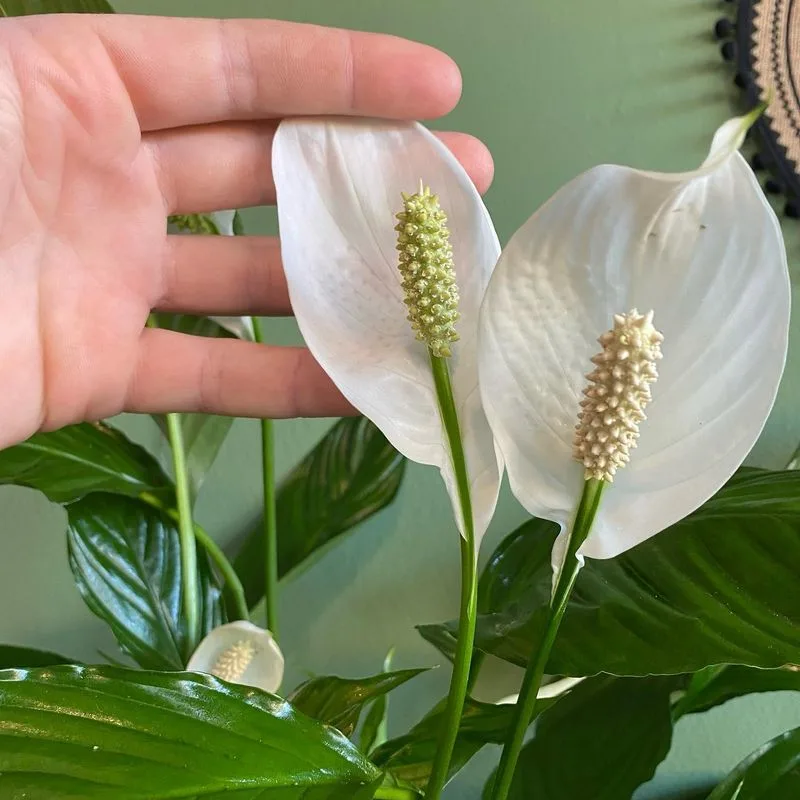
Peace lilies are cherished for their elegant, white blooms and low-maintenance nature. Yet, they can attract pests like gnats and mealybugs. These invaders thrive in the moist soil conditions preferred by peace lilies. Maintaining proper watering routines and using insecticidal soap can deter pests effectively. Peace lilies are also known for their air-purifying qualities. They are a testament to resilience in the plant world, managing to thrive even under neglect, which only adds to their enduring appeal.
English Ivy

English ivy’s trailing vines are a favorite in creating an indoor jungle vibe. However, they don’t just attract admiration; spider mites and aphids love them too. The dense foliage offers a perfect hiding spot for these pests, making them challenging to eliminate. Regular misting and checking the undersides of leaves can help manage infestations. This plant’s ability to reduce airborne mold makes it a valuable addition despite its pest-attracting tendencies, bringing a touch of the outdoors inside.
Snake Plant
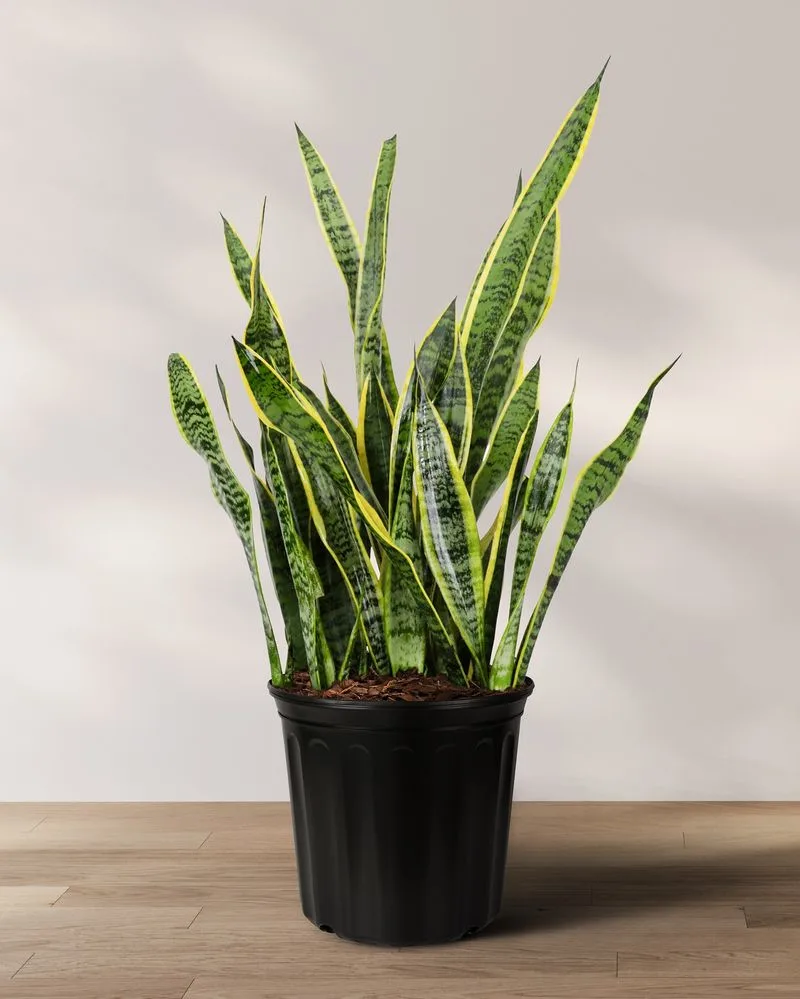
Snake plants are hailed for their hardiness and air-purifying capabilities. Their tough leaves deter most pests, although they can occasionally attract mealybugs. Regular cleaning of the leaves and ensuring not to overwater can help keep these pests at bay. This plant is perfect for those who neglect watering, as it thrives in dry conditions. Its resilience and ability to adapt make it a staple for beginners and seasoned plant owners alike, offering greenery with minimal fuss.
Lavender
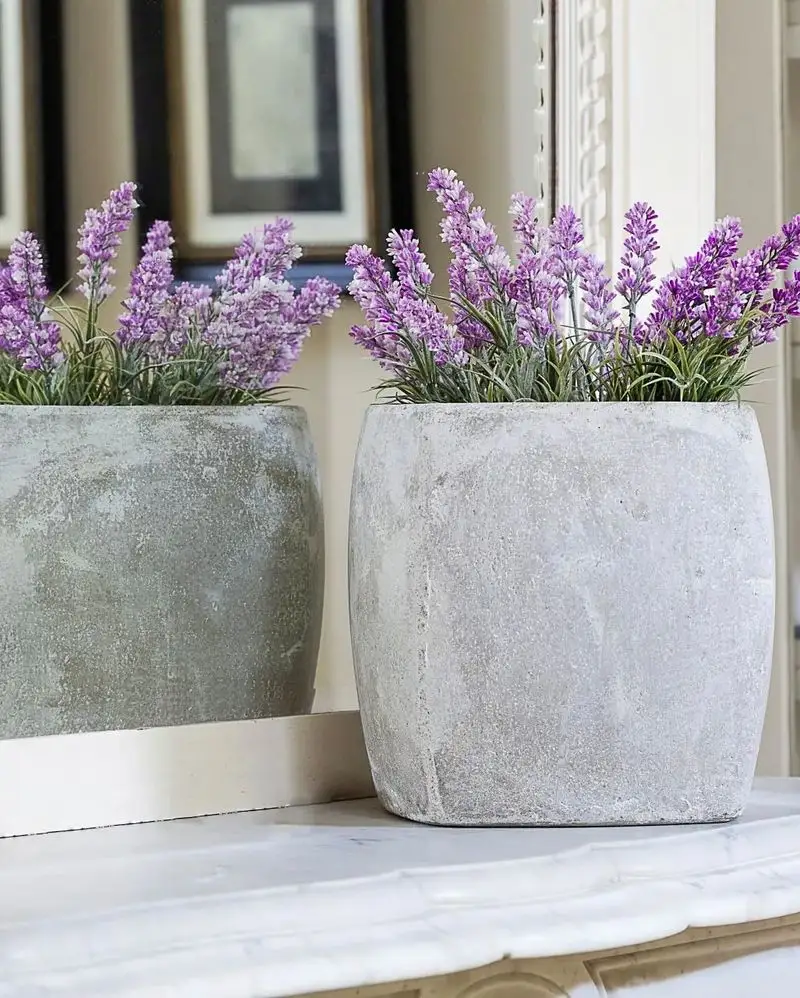
Lavender is celebrated for its soothing fragrance and vibrant purple blooms. Beyond its aesthetic and aromatic appeal, it is a natural pest repellent, particularly effective against moths and fleas. Placing lavender in entryways or near windows can help keep these pests out. Regular pruning keeps it healthy and pest-repelling. Its calming scent and visual charm make lavender a favorite, offering tranquility and protection in one delightful package.
Mint
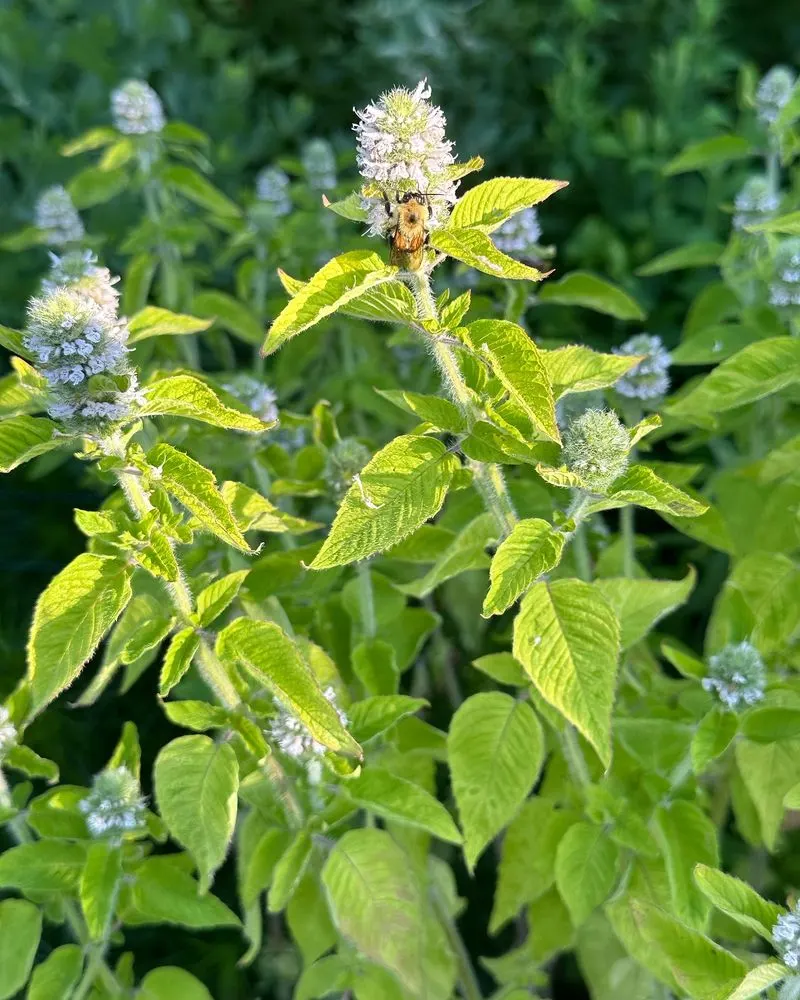
With its invigorating scent, mint is a natural choice for repelling pests like ants and spiders. Its strong aroma confuses these insects, making it an effective deterrent. Mint is easy to grow in containers, which prevents it from spreading uncontrollably in the garden. Regular harvesting encourages growth and intensifies its pest-repelling properties. This multifaceted plant not only enhances culinary creations but also keeps homes free from unwanted critters.
Spider Plant
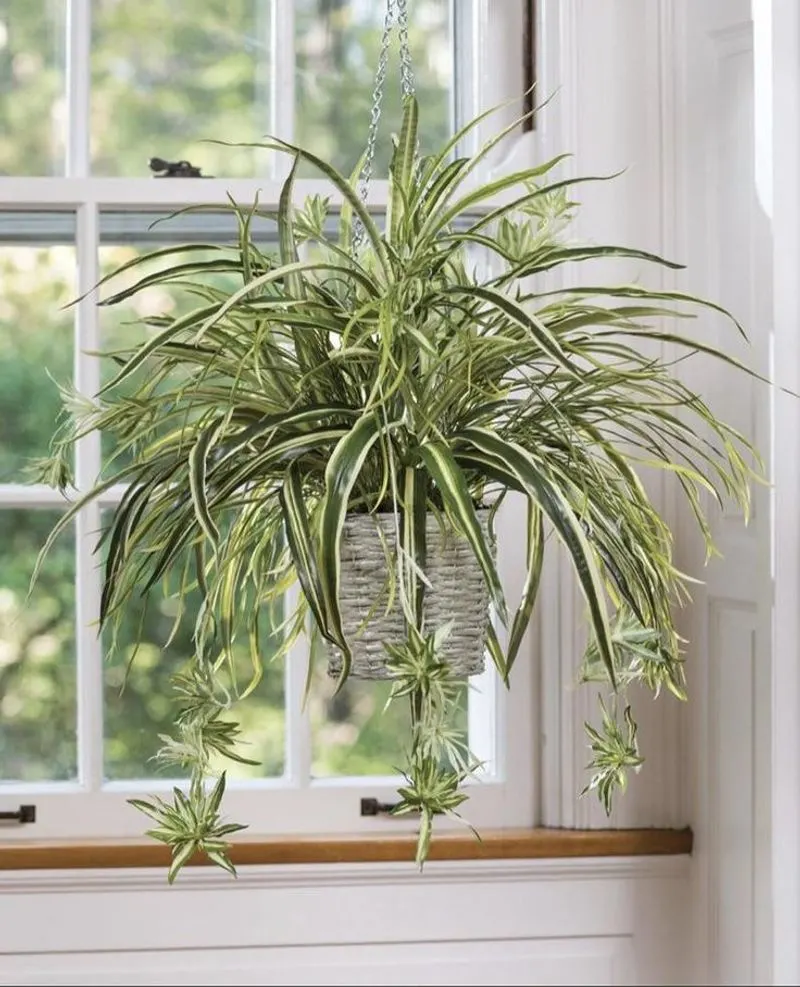
Spider plants are renowned for their easy care and air-purifying qualities. However, they can attract pests like aphids and mealybugs. These insects are drawn to the plant’s tender leaves, particularly if the plant is stressed or overwatered. Ensuring the soil is well-drained and occasionally rinsing the leaves can help prevent infestations. Despite the pest issues, spider plants are a popular choice for their graceful appearance and ability to thrive in various conditions.
Lemon Balm

Lemon balm is a delightful herb that emits a refreshing citrus aroma, keeping mosquitoes and gnats at bay. Its leaves can be used in teas and culinary dishes, adding flavor and repelling pests simultaneously. This plant thrives in well-drained soil and partial sun, making it a practical addition to any kitchen or patio. Lemon balm offers both sensory pleasure and practical benefits, enhancing both the atmosphere and functionality of your indoor spaces.
Aloe Vera
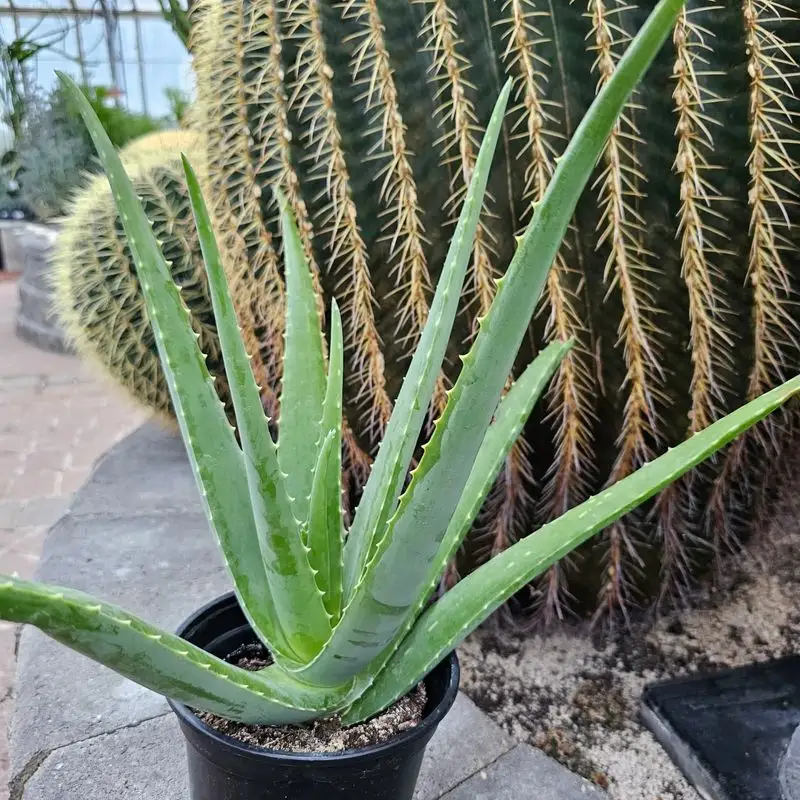
Aloe vera is famed for its soothing properties and minimal care requirements. While it’s generally pest-resistant, it can occasionally attract aphids. Keeping a close eye on the plant’s health and ensuring proper drainage can help mitigate this issue. This succulent thrives on neglect, making it ideal for busy individuals. Aloe vera not only decorates spaces but also provides a natural remedy for cuts and burns, cementing its place in both wellness and decor.
Lemongrass
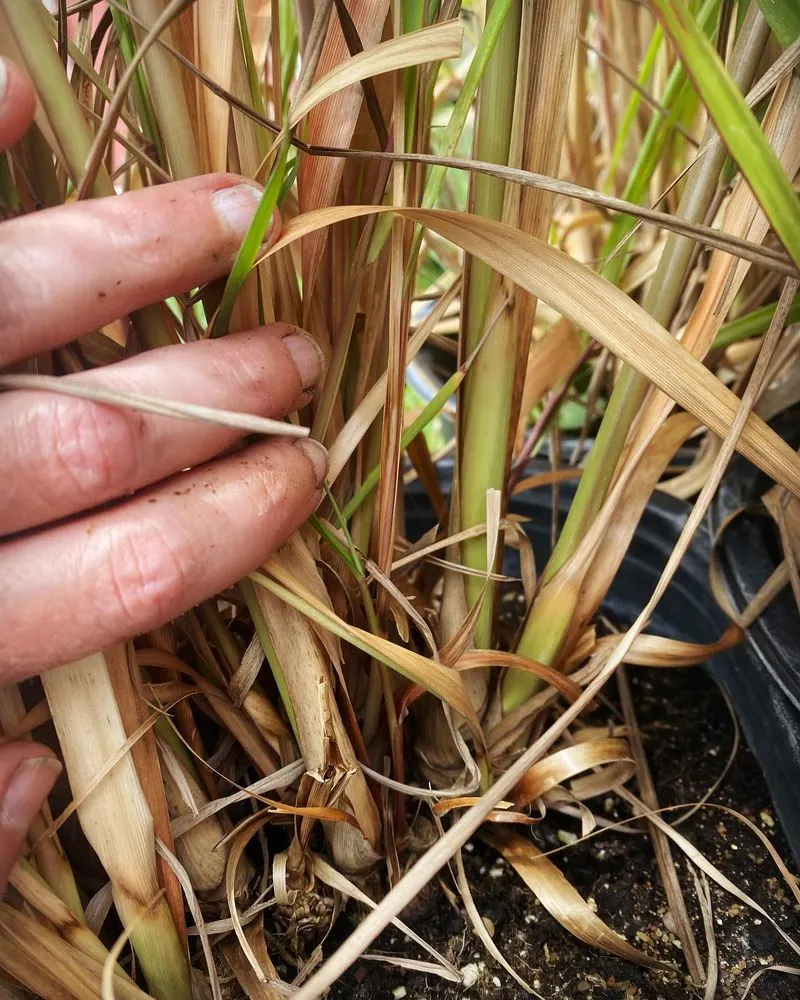
Lemongrass is more than just a culinary favorite—its citrusy scent repels mosquitoes and other insects. Growing it in planters allows you to move it easily to areas where bugs are a concern, such as patios or kitchens. Regular trimming keeps it bushy and enhances its pest-repelling abilities. This versatile plant is not only useful in cooking but also serves as a natural barrier against unwanted pests, making outdoor spaces more enjoyable.
Orchid
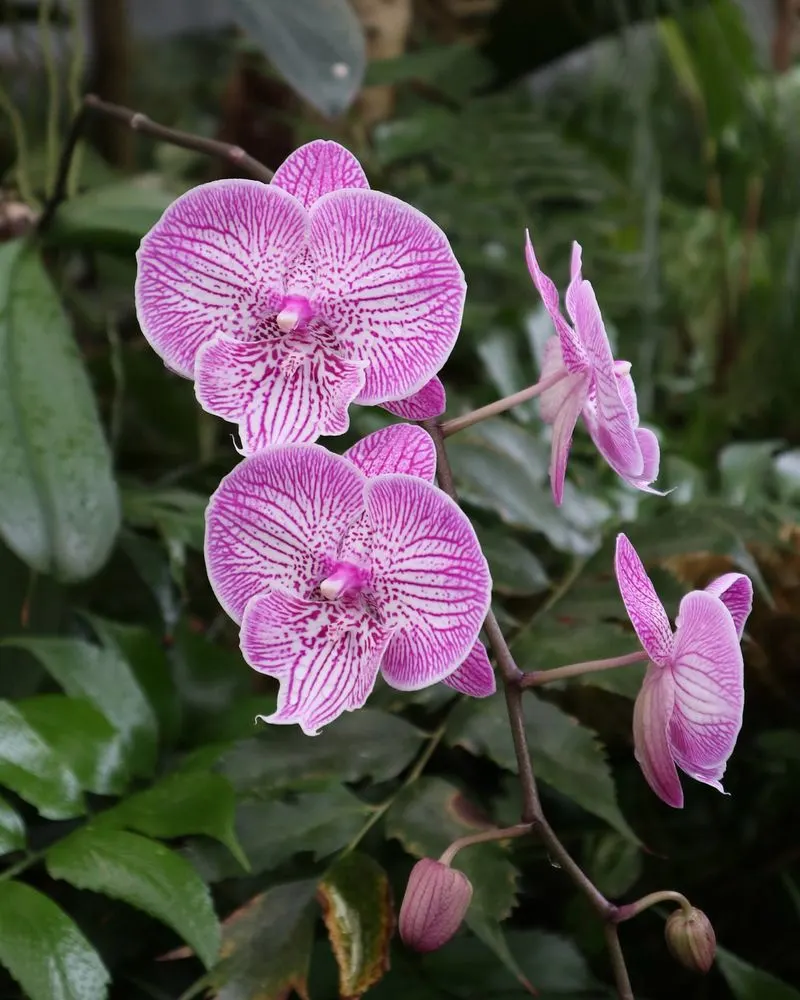
Orchids are known for their exotic beauty and are often featured in upscale decor. However, they can attract pests like scale insects and aphids. These pests are drawn to the plant’s delicate blooms and leaves, often requiring diligent care to control. Regular cleaning and using horticultural oil can help manage these pests. Despite the challenges, orchids remain a popular choice for their captivating appearance and the touch of sophistication they bring.
Rosemary
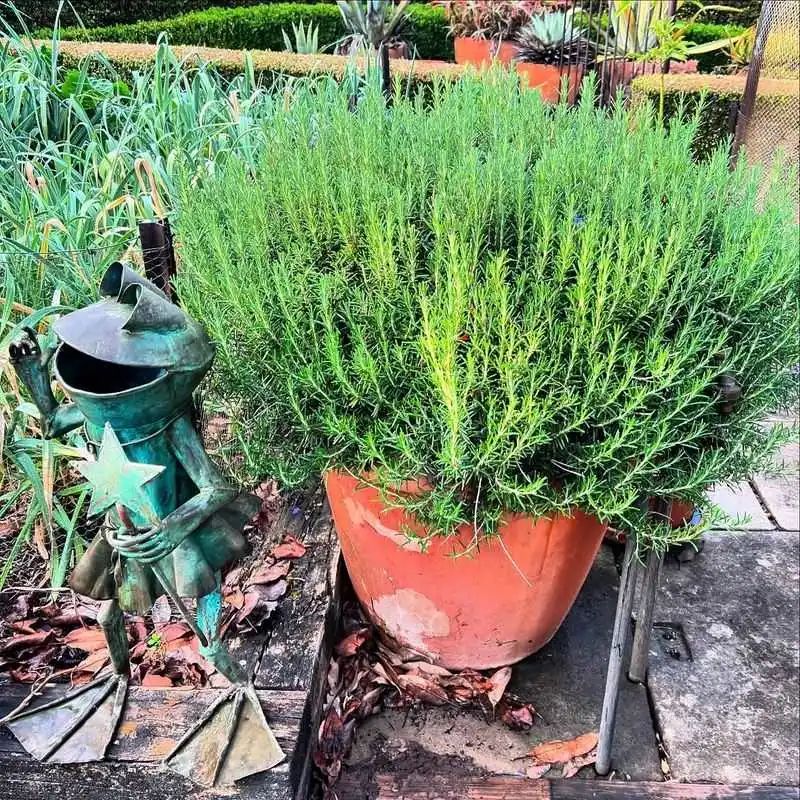
Rosemary is a culinary staple with a robust fragrance that naturally deters mosquitoes and other insects. Its needle-like leaves are a reliable ally in keeping pests at bay. Growing rosemary in pots provides flexibility in placement, ensuring it gets ample sunlight. Regular pruning encourages dense growth and enhances its aromatic properties. This herb not only enriches dishes with its unique flavor but also offers a fragrant shield against pesky intruders, adding a Mediterranean touch to any space.
Geranium
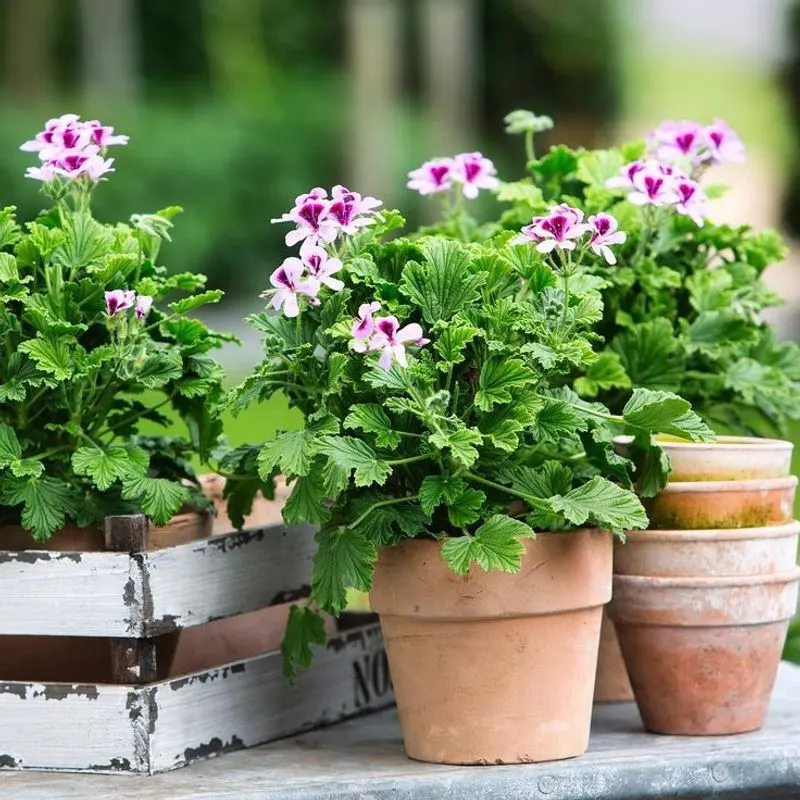
Geraniums are vibrant flowers that brighten any space with their colorful blooms. However, they can attract pests like whiteflies and aphids. These insects are drawn to the plant’s tender shoots, which require regular inspection and care. Using insecticidal soap and ensuring adequate airflow can help manage pest issues. Despite this, geraniums remain beloved for their cheerful appearance and the lively atmosphere they bring to gardens and patios.
Citronella
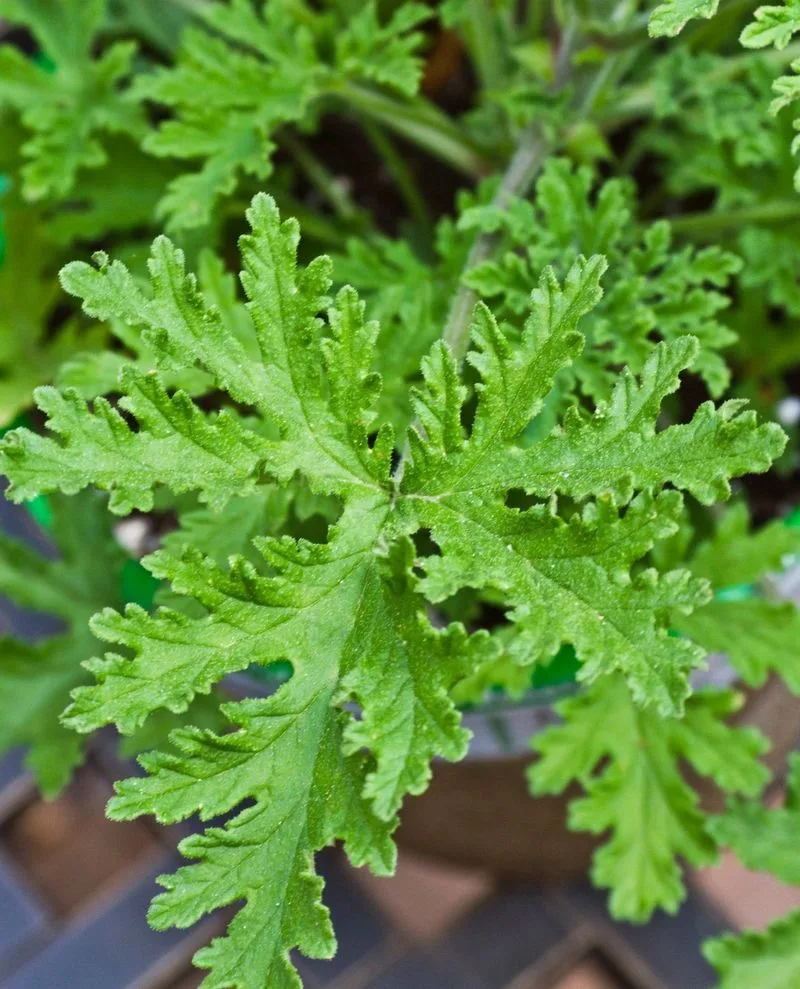
Citronella is well-known for its ability to repel mosquitoes with its fresh, lemony scent. Often used in candles and oils, the plant itself is a potent deterrent. Positioning citronella near outdoor seating areas can create a mosquito-free zone. Its aromatic leaves not only provide natural protection but also enhance outdoor gatherings. With citronella, you get a blend of practicality and enjoyment, ensuring peace from persistent pests while enjoying outdoor spaces.
Hydrangea
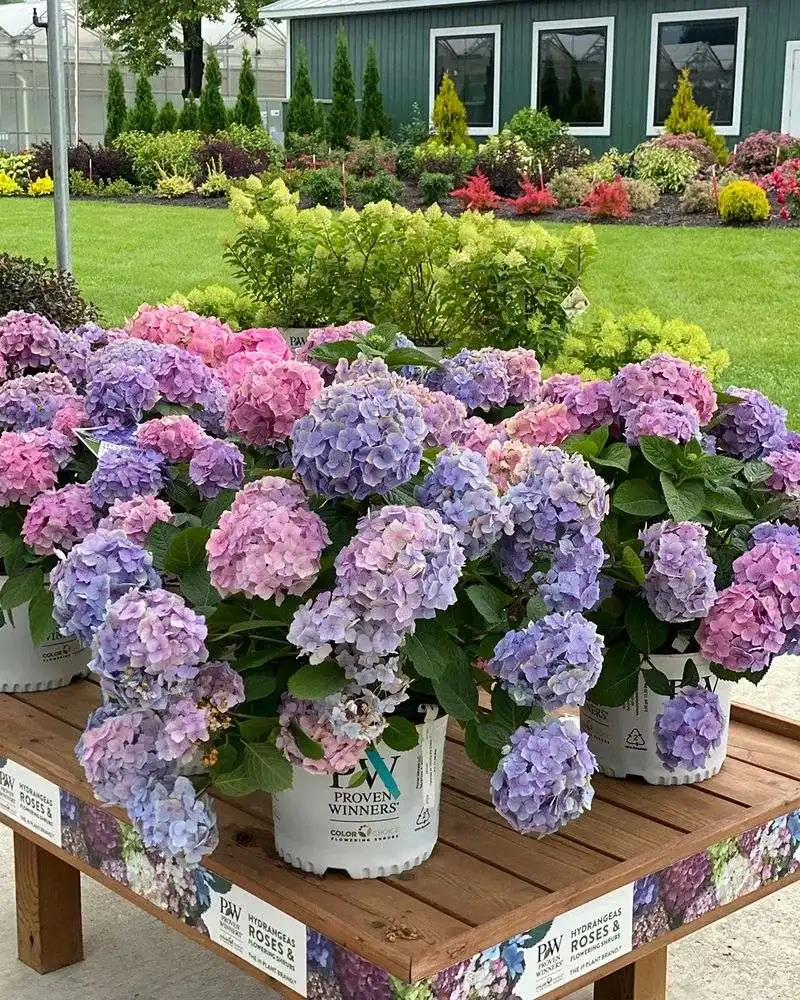
Hydrangeas are adored for their stunning blooms and range of colors. However, their beauty comes with a price—they can attract pests like spider mites and aphids. These pests are typically drawn to the plant’s lush foliage and flowers, demanding regular care and attention to prevent infestations. Using neem oil and maintaining healthy plant conditions can help keep pests at bay. Despite the challenges, hydrangeas remain a garden favorite for their breathtaking visual impact.
Petunia
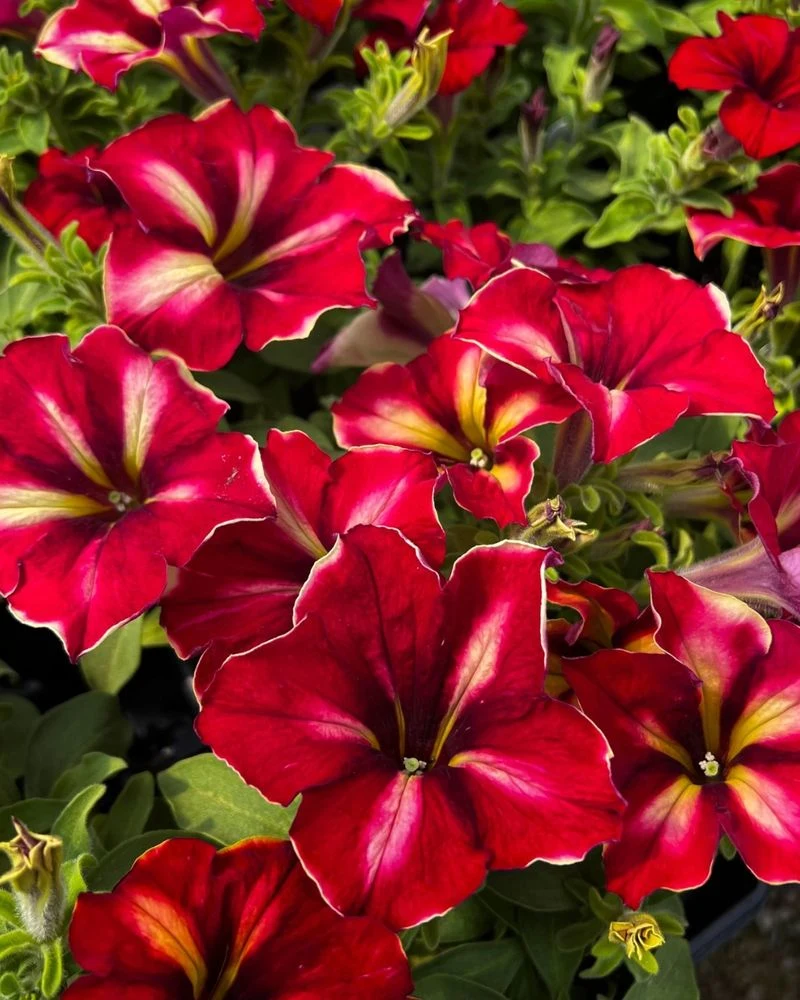
Petunias are beloved for their vibrant display of colors and long flowering season. However, they can attract pests like caterpillars and aphids. These insects target the plant’s tender blooms, often resulting in damage if not controlled. Regular inspection and using organic pesticides can help manage pest populations. Despite this, petunias continue to be a popular choice for their stunning flowers and the cheerful atmosphere they bring to outdoor spaces.
Thyme
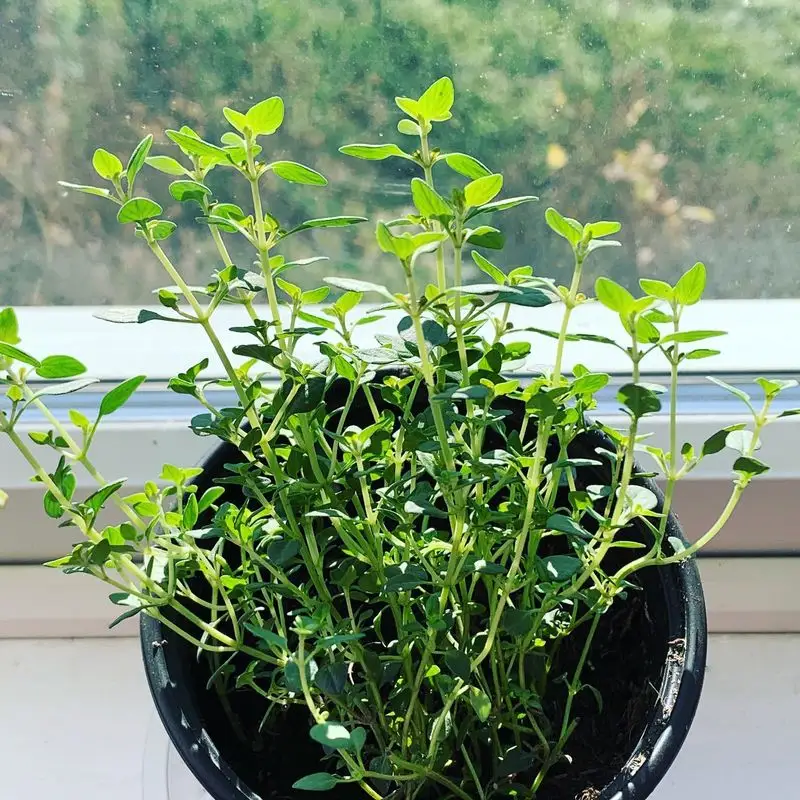
Thyme is not only a culinary gem but also a natural pest deterrent, repelling cabbage worms and whiteflies. The strong aroma of thyme confuses these pests, making it a valuable addition to any kitchen garden. Its compact growth habit makes it ideal for container gardening, providing fresh herbs at your fingertips. Regular harvesting encourages new growth and intensifies its scent, offering both culinary delights and natural pest control.
Succulents
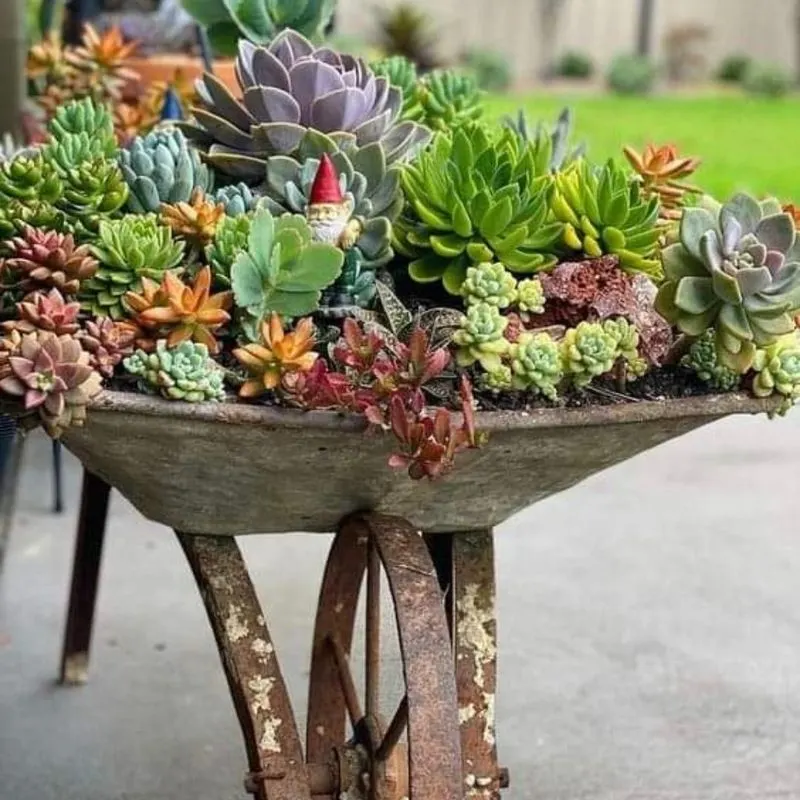
Succulents are admired for their diverse shapes and minimal care requirements. While generally pest-resistant, they can occasionally attract mealybugs. These pests are drawn to the plant’s stored moisture and can be challenging to eliminate. Keeping humidity low and regularly inspecting leaves can help manage infestations. Despite this, succulents remain a favorite for their unique appearance and adaptability, bringing a touch of the desert into homes with ease.
Sage
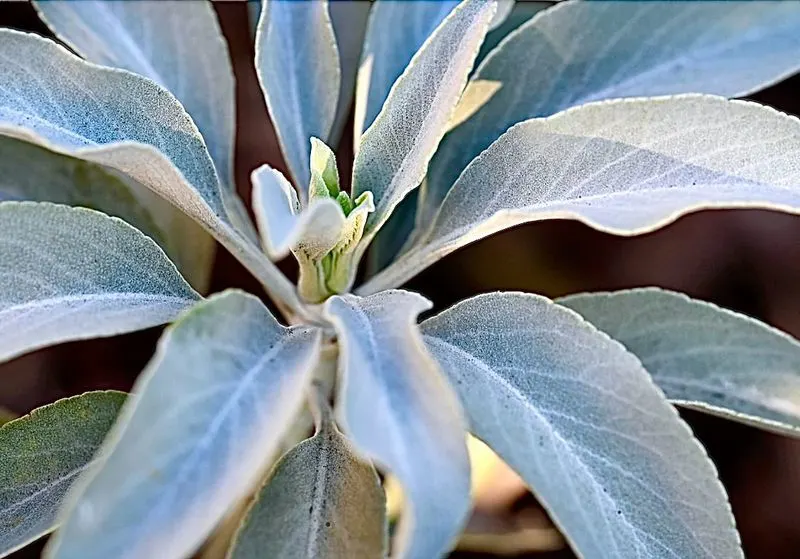
Sage is a culinary herb with a potent aroma that repels many common garden pests, including snails and cabbage moths. Its strong scent confuses these pests, making it a beneficial plant for borders and herb gardens. Regular pruning keeps sage healthy and boosts its aromatic properties. This herb not only enhances dishes but also provides a fragrant barrier against unwanted invaders, making it a versatile addition to any garden space.

